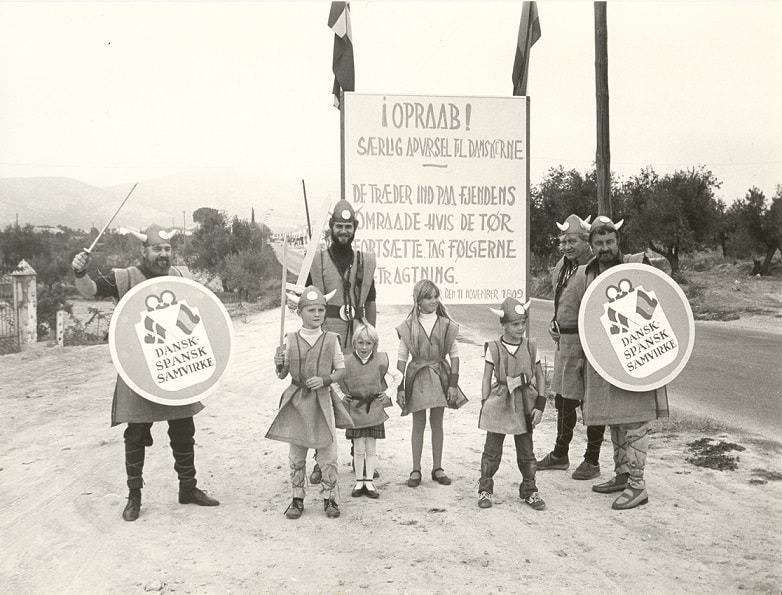The war between the town of Huéscar, Spain and the country of Denmark not only lasted a long time, but there was a great deal of history that led up to it. The small town is located in the province of Grenada in Spain, and its reason for declaring war is one that stems from Napoleon Bonaparte and his brother. The declaration of war was a brazen one considering that the town only had 8 municipal guards with which to take on the entire Danish army.
In 1796 Napoleon Bonaparte and Carlos IV met to sign the Treat of San Ildefonso. The treaty united Spain and France in a common defense against England. It ensured that when Napoleon asked Spain for troops to send to Denmark in order to protect Jutland in 1807, they sent 13,000. In 1808, things got a bit complicated during the Napoleonic War. Spain fought with France against England, as per the treaty. But it was while Spain was involved in the war against England that Napoleon decided to invade Spain. Napoleon’s army began conquering the northern provinces of the country.
On May 5, 1808, Napoleon met with the Charles IV and his son King Ferdinand VII. Napoleon ordered King Ferdinand VII to abdicate his throne and return it to his father. He then ordered Charles IV to abdicate and turn the Spanish throne over to Napoleon. In return for giving up their thrones, Napoleon promised that Spain would be independent and Roman Catholic, but would be ruled by Napoleon’s brother, Joseph Bonaparte. The Spanish people were not willing to simply accept French rule and a rebellion was already beginning.

The Spanish government and the Council of Castile were accepting of Joseph Bonaparte as King, but he population refused and local governments started setting up their own governmental juntas. This led to plenty of confusion because there was no central authority to bring all the small local juntas together. Thus, the Supreme Central Junta was created in Aranjuez. The Junta called for representatives from the local provinces and overseas lands to meet in an “Extraordinary and General Cortes of the Spanish Nation.” The Supreme Central Junta took over the war effort and signed an alliance with United Kingdom on January 14, 1809. The alliance with the United Kingdom now meant that Spain and Denmark were on different sides of the war, which was bad news for the Spanish troops in Denmark.
The British did help evacuate some of the Spanish troops and others managed to get out of Denmark on foot, but some 5,000 Spanish troops were still left. The Danish imprisoned these troops and placed them in prisons scattered throughout the country as per the orders of Napoleon. This was done to prevent any problems from the captured Spanish troops.
In response to the plight of their comrades in Denmark on November 11, 1809, the Cortes sent couriers throughout the Spanish territory with a message to end all diplomatic relations with Denmark. In response, the Granadian city council decided to take things one step further and declare war on Denmark.
Read on to find out what happened and why it took so long for the two sides to come to peace.

